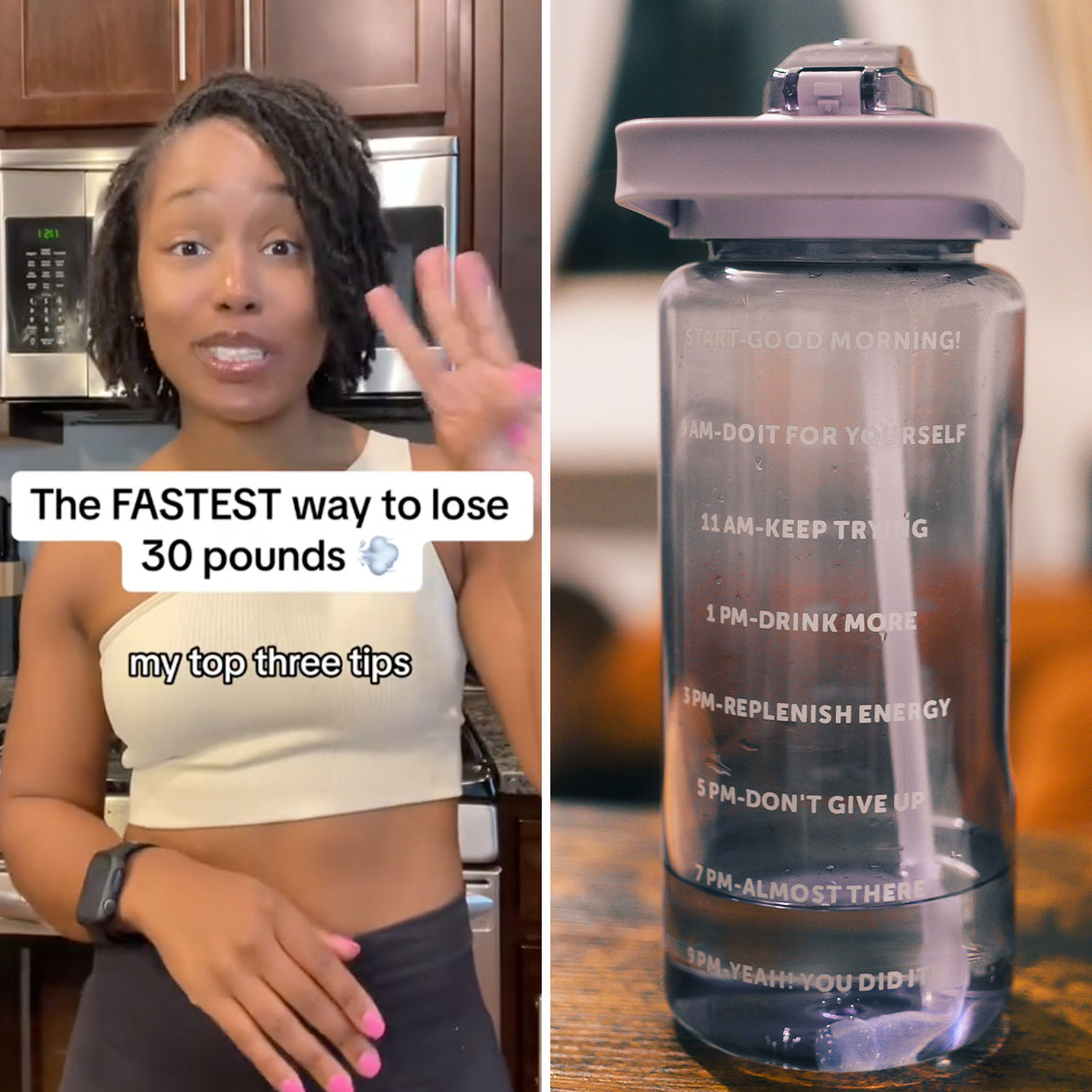This is an archived article and the information in the story may be outdated. Please check the time stamp on the story to see when it was updated last.
Visceral fat is the fat that is stored deep in your body. It wraps around your organs and cannot be seen. Although it may be invisible, it can still pose a number of threatening health effects. Because you can’t see it, you may wonder if it is different than subcutaneous fat, or the fat that sits under the skin, and if getting rid of it is different as well. We asked Tamar Samuels, MS, RD, cofounder of Culina Health, why you should be worried about having too much visceral fat and how to get rid of it.


It is impossible to know how much visceral fat you have without performing a surgical procedure, but in general, it counts for about 10% of total body fat. “We can estimate visceral fat by using weight circumference as an indicator.” Although you may not know exactly how much you have, if you have too much, it could leave you at higher risk for many health issues. “Visceral fat is associated with chronic diseases and metabolic disorders. Fat is active—meaning it secretes hormones and inflammatory markers. This, in part, explains the relationship between excessive visceral fat and diseases such as Type 2 Diabetes, insulin resistance, cardiovascular disease, colon cancer and hypertension.”
So how exactly do you get rid of it? Luckily, it’s not too much different than how you get rid of subcutaneous fat. “Research shows that reduction of caloric intake reduces total body fat, including visceral fat. This reduction is associated with improvement in metabolic markers, such as cholesterol, too.” The key to fat loss across the board is staying in a caloric deficit.
This process can unfortunately seem elusive at times, but Samuels has a few tips on how to make it easier. “Focus on whole, minimally processed grains, instead of refined carbs and added sugars. Consume lean protein and balance with fiber from a variety of fruits and vegetables. Intermittent fasting has also been shown to reduce visceral fat (though caloric reduction through a balanced diet still applies).”

Besides diet, getting regular exercise is helpful for having sustained energy and boosting calorie burn so you can burn more fat. “This includes brisk walking (walking at a pace where you can’t easily sing your favorite song), biking/cycling, or intense cardio workouts such as HIIT. Strength and weight training are beneficial for increasing fat free mass (or muscle), but aerobic exercise has more impact on visceral fat.”
Although visceral fat may be a little different than subcutaneous fat, getting rid of it is largely the same. Staying in a caloric deficit, which starts with eating well and exercising regularly, is essential. Limiting how much visceral fat is in your body is a long term investment in your overall health, especially your cardiovascular health. When you make positive lifestyle choices, your body will thank you.


























